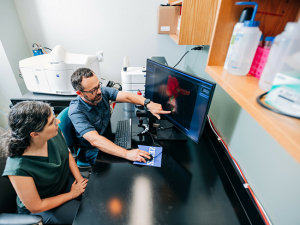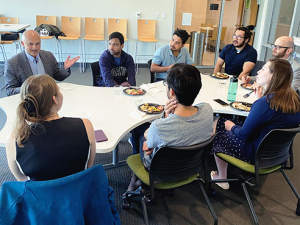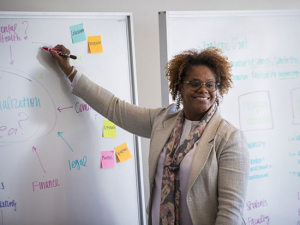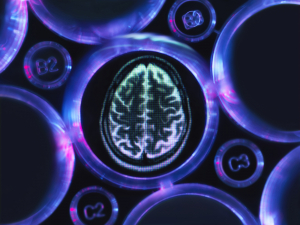Working together is the key to finding solutions to problems that cross disciplines. So to foster those connections, the College of Arts and Sciences (CAS) awarded three Interdisciplinary Team Awards to faculty dedicated to finding answers to big questions about the environment, health care and clinician training.
Jeff Morris, Ph.D., assistant professor of biology, Magda Szaflarski, Ph.D., associate professor of sociology and Zina Trost, Ph.D., assistant professor of psychology, were each awarded $30,000 to fund their research. The Office of the Vice President for Research and the School of Medicine’s Center for Clinical and Transitional Sciences partnered with CAS to co-fund the awards.

Birmingham’s bacterial soil
Combine those facts, and Morris finds a big question: Are the metal-contaminated soils in the Superfund site a source of antibiotic resistance? By working with Professor Veena Antony, M.D., who directs the Program for Environmental and Translational Medicine, to collect soil and respiratory tract samples from both area residents and non-locals, Morris hopes to discover an answer to his question — and a solution to the problem.
"When bacteria get stressed out, they evolve — that’s why overuse of antibiotics leads to antibiotic resistance, which can be deadly. Sometimes, when bacteria get stressed out by one problem, they evolve to be resistant to that problem and to a lot of other problems at the same time,” Morris explained. “In this project, we’ll be looking at soil bacteria from North Birmingham neighborhoods that have been polluted for decades with toxic heavy metals like arsenic and cadmium to see if they also are resistant to antibiotics — and if they are, do they threaten the health of the people who live there."
Read more about Jeff Morris’ work with bacteria — his overhaul of BY 271 into a combination art/science class in which undergraduates design artworks of bacteria in petri dishes.
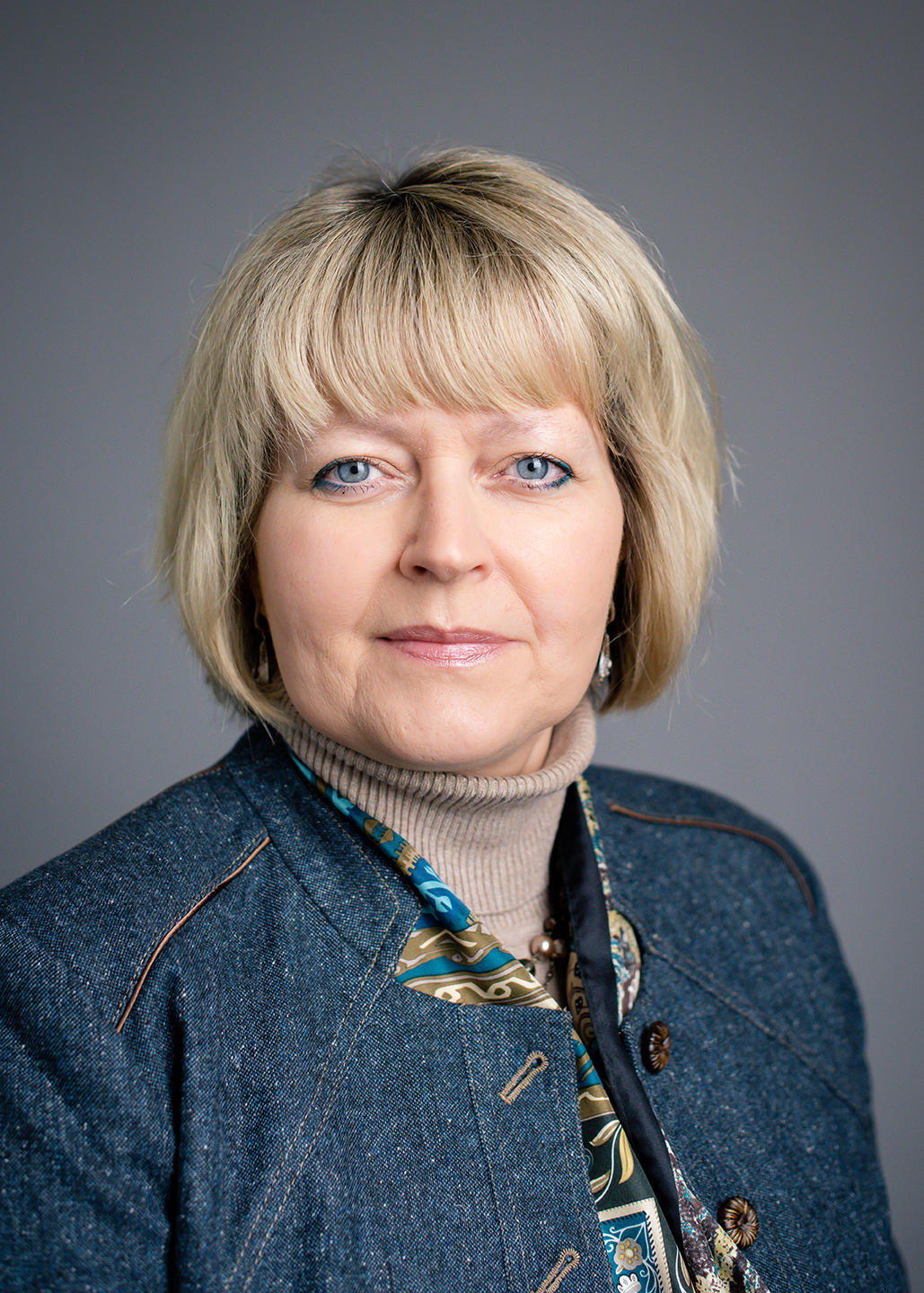
Solutions in epilepsy treatment
Szaflarski is collaborating with researchers and clinicians to find answers, including neurology Professor Jerzy Szaflarski, M.D., director of UAB’s Epilepsy Center; Ismail Mohamed, M.D., associate professor of pediatrics and epileptologist; and Assistant Professor Joseph Wolfe, Ph.D., who specializes in medical sociology and applied statistics. The UAB Informatics Institute will help harness data for the project through i2b2, a self-service application that enables researchers to access de-identified patient data.
"Many people with epilepsy are not adequately treated and continue to have seizures, despite optimal treatment selections,” Magda Szaflarski said. “A neurologist or epilepsy specialist should manage more difficult cases of epilepsy, but it takes these patients years to reach those specialists. This study will inform about patient-level and system-level barriers to epilepsy specialty care and identify points of intervention."
Read more about how i2b2 is impacting epilepsy research at UAB: Assistant Professor of Neurology Wolfgang Muhlhofer, M.D., used i2b2 data to study the standardization of therapeutic coma use in epileptic patients, and rehabilitation science doctoral student Abdullah Alanazi used it to examine whether vaping leads to abuse of illicit substances.
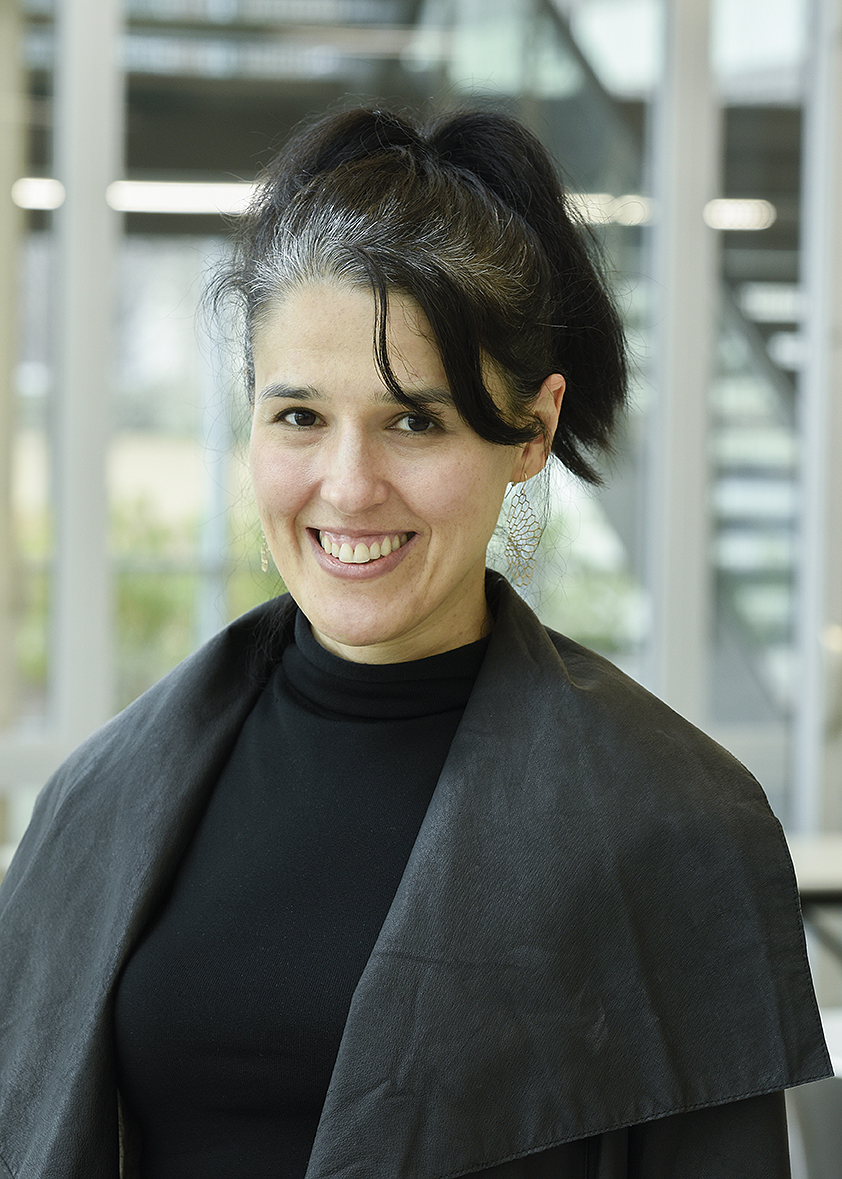
Innovative trauma training
“We want to enable health care providers and trainees to experience high-risk and stressful clinical scenarios — such as taking care of a patient with multiple gunshots to the chest — that require careful implementation of treatment, clear critical thinking and ongoing stress management,” Trost said.
“VR has the ability to make the learners feel like they are really in the situation, due to the immersive visual, audio and physical-feeling interactions it can provide,” Meese said. “They can practice a clinical scenario over and over again without any risk to a patient, plus learn stress-management techniques so they’ll be less likely to be overwhelmed when they have real-life decisions to make.”
Read more about Trost’s and Shum’s work to create a virtual reality therapy game that has the potential to revolutionize treatment of neuropathic pain in paralyzed patients, which is notoriously hard to treat.

